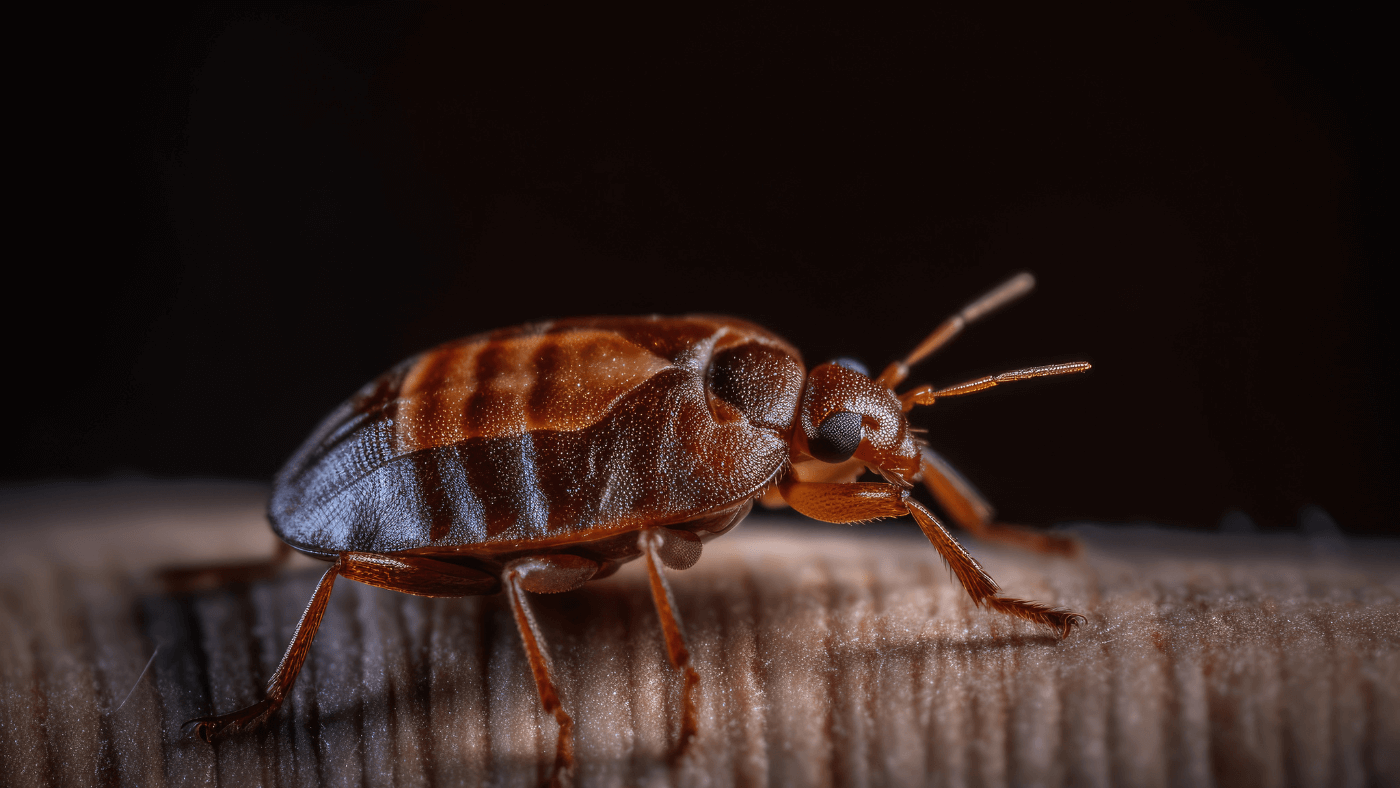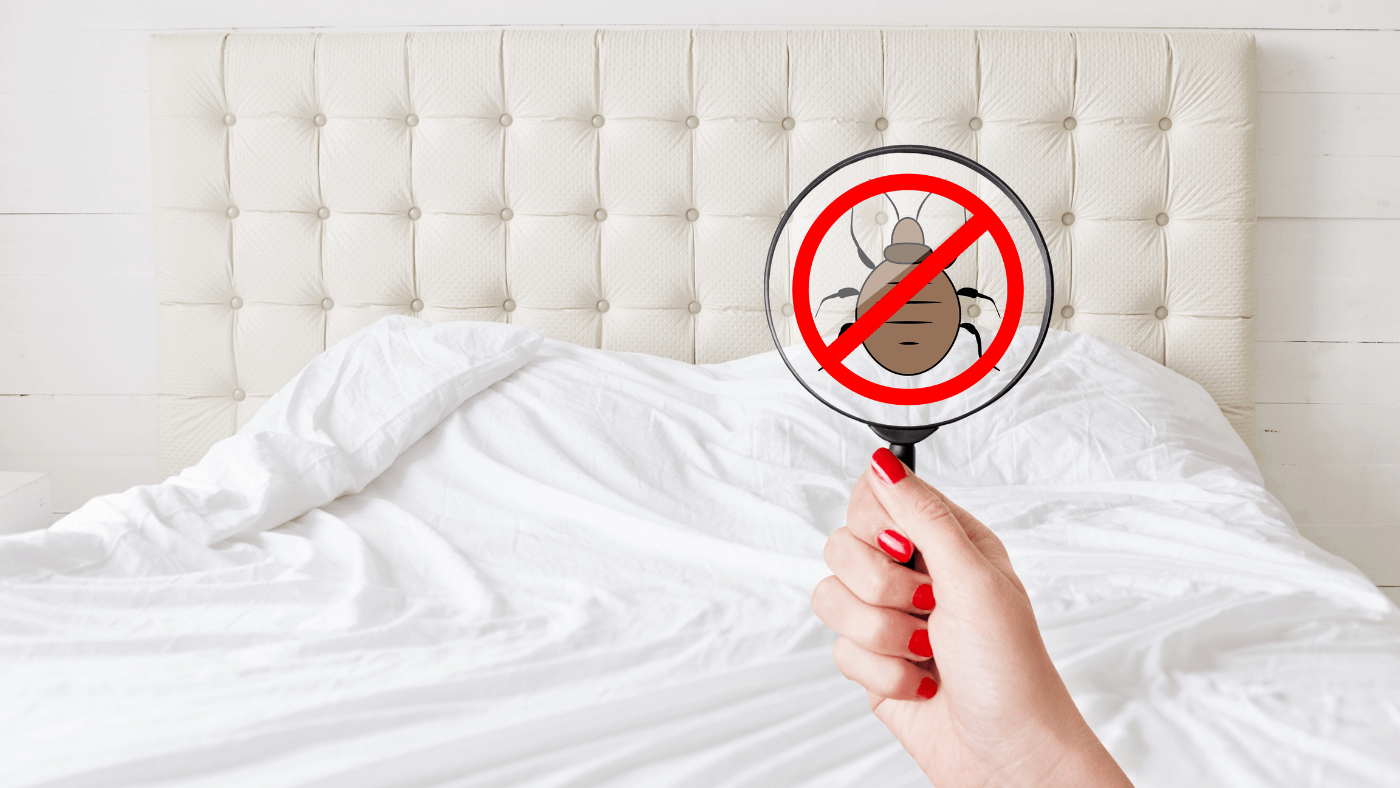Bed bugs–the elusive nocturnal pests that can turn peaceful nights into nightmares–are a common source of concern for homeowners, hotel guests, and travelers alike. We have all seen the recent photos of mattresses piling up on the streets of Paris. But what are these troublesome creatures, how big are bed bugs and are they as bad as they seem? In this article, we'll delve into the world of bed bugs and explore their size, behavior, and other crucial facts you should know.
Bed bugs are known for their nocturnal behavior and stealthy feeding habits. Attracted to the carbon dioxide exhaled by humans and the warmth of our bodies, they tend to venture out and feed on your blood while you sleep. Their bites are generally painless due to the anesthetic properties in their saliva, which allows them to feed without awakening their hosts.

How Big Are Bed Bugs?
Bed bugs (Cimex lectularius) are small, oval-shaped insects that belong to the Cimicidae family. While their size may vary throughout their life stages, adult bed bugs typically measure around 4-5 millimeters (1/8 to 3/16 inch) in length. They are reddish-brown, with a flat, wingless body. Despite their small size, these pests are easily visible to the naked eye, especially when they have recently fed on blood, which causes their bodies to swell and become darker in color.
Reproduction and Growth
Bed bugs reproduce at a fairly rapid rate. A single female bed bug can lay hundreds of eggs in her lifetime. The eggs are usually laid in clusters in hidden areas. These eggs typically hatch within a week or two, depending on environmental conditions such as temperature and humidity. The newly hatched bed bugs, called nymphs, must feed on blood to grow and molt into their next life stage. Bed bugs undergo several molts before becoming full-fledged adults. The entire life cycle, from egg to adult, can take as little as a few weeks under favorable conditions.

Hiding Places
Bed bugs are experts at hiding during the daytime and tend to seek out dark, protected spaces close to their hosts. Common hiding spots include the seams of mattresses, cracks, and crevices in furniture, electrical outlets, and the joints of bed frames. While their primary hiding places are often near sleeping areas, they can also infest other areas of the home, such as couches, chairs, and even inside the folds of curtains. Their elusive nature and tendency to avoid light make them challenging to detect.
Detecting Bed Bugs
Early detection is crucial for managing a bed bug infestation. Aside from bites and visual sightings, bed bugs often leave molted skins and tiny, dark fecal stains behind. These stains are often found on bedding, mattress seams, and nearby areas. You may also notice a distinct, sweet, musty odor in rooms with a substantial bed bug population.

How Big Are Bed Bug Eggs?
Bed bug eggs, the starting point of a potential infestation, are incredibly tiny, measuring approximately 1 millimeter (about 1/25 inch) in length. These eggs are oval-shaped, translucent, and equipped with a sticky substance that allows them to adhere to surfaces.
How Big Are Bed Bug Bites?
On average, bed bug bites measure between 1 to 2 millimeters. They are typically smaller than many other insect bites, like those from mosquitoes or spiders. However, the itching and discomfort caused by bed bug bites are often more bothersome than their size. Some individuals may also experience allergic reactions to bed bug bites, which can result in larger and more severe welts.

Treatment and Elimination
Dealing with a bed bug infestation requires a methodical approach. You should first isolate and clean infested items, such as clothing and bedding. Wash and dry these items on high heat to kill any bed bugs and their eggs. Vacuuming the entire room and around the sleeping area can help remove bed bugs and their eggs. However, vacuum bags should be immediately disposed of in sealed trash bags to prevent their escape.

Preventing Bed Bug Infestations
To minimize the risk of bed bug infestations, take precautionary measures when traveling and staying in hotels. Examine hotel rooms for signs of bed bugs, such as fecal stains on sheets and mattresses, and immediately report any concerns to the hotel staff. Avoid placing luggage directly on hotel beds or floors. When you return home from your trip, launder your clothing and vacuum your luggage.
In addition, be cautious when acquiring used furniture or accepting items from unknown sources. Inspect any used furniture for signs of bed bugs before bringing it into your home.
If you suspect a bed bug infestation, seeking professional pest control assistance is often the best solution to ensure thorough elimination and peace of mind.
Want to know everything going on in natural health and beauty? Sign up for BVU's newsletter. You can also follow along on Instagram and Facebook.




